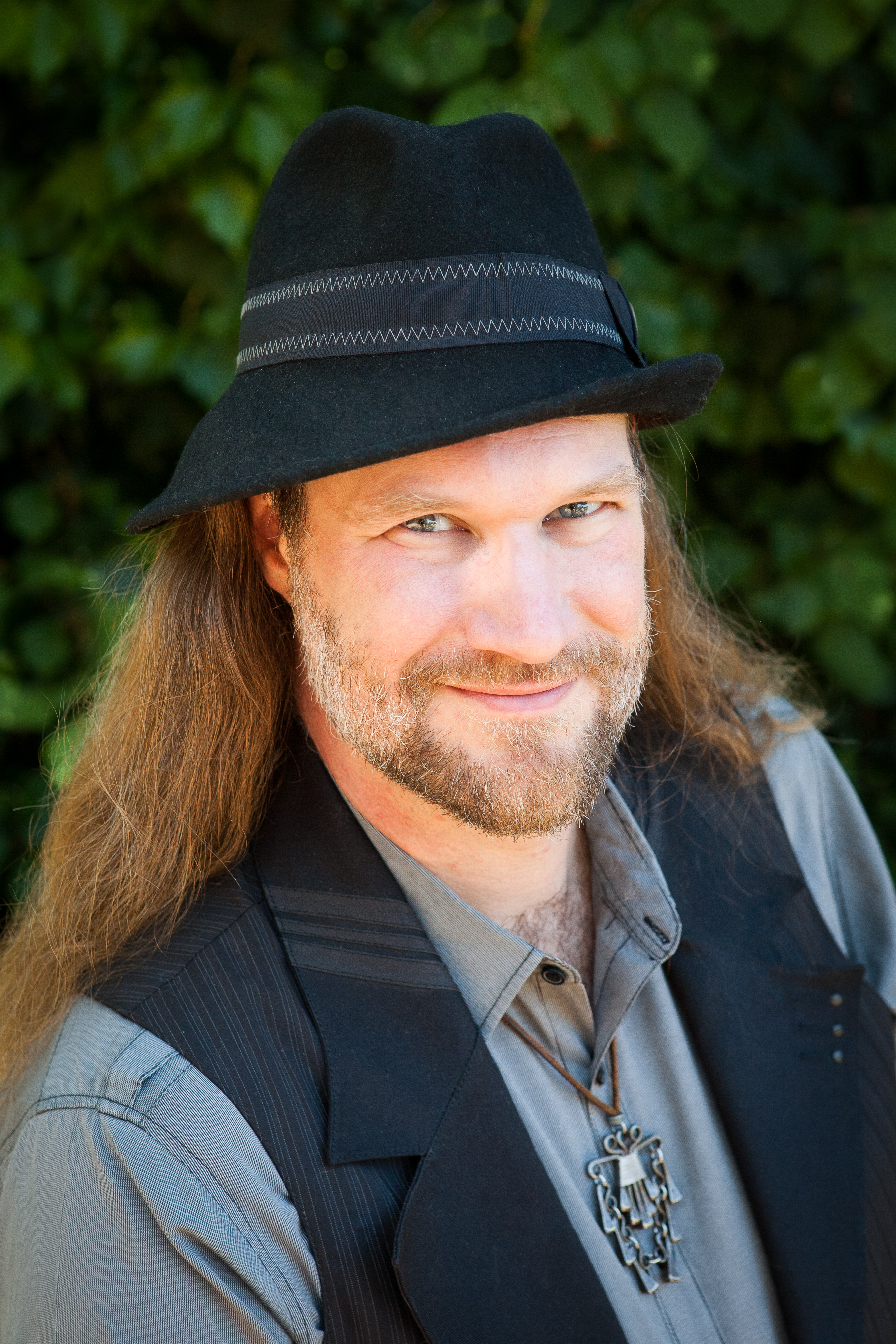While giving my presentation at the NASA Innovative Advanced Concepts (NIAC) symposium in January, there was a film crew from NASA360 there. They just put together the following 2 minute long video overview of our dynamic tensegrity robotics research, and it is GREAT! Probably the best produced video of our work yet. It is fun too, because they manage to include clips of all the various prototypes we have worked with over the years. It is a fun, fast, watch — Enjoy!
Recent Posts
- New Job: Director of Advanced Technologies, Zymergen
- Biomimetic Tensegrity Robots: snakes, quadrupeds, and humanoids!
- Introducing Jeff Friesen — Tensegrity Robot Designer Extraordinaire
- Interviews, Media Coverage, and Deep Learning
- My 2016 NASA Ames Summer Series Presentation: SUPERball: A Biologically Inspired Robot for Planetary Exploration
- New Video Highlighting Jonathan Bruce’s Research
- Related Projects by Collaborators
- SUPERball Videos
- Tensegrity Robots in Science Fiction!
- Robot Books for Kids!
- Hardware Validation of Tensegrity Simulator
- The Economist, Wired, and more Media Attention
- NASA360
- Funding Opportunities for Dynamic Tensegrity Robotics Research
- Presenting at 2015 NIAC Symposium
Archive of all past posts
My Favorite Ergonomic Equipment
Based on my understanding of human physiology and motion, here are some quick reviews on my favorite ergonomic tools. These are the ones I use at home and at work. I will add more in-depth posts discussing the alignment theory as I get them written.
FitBall Sitting Disc
Sitting Discs are a great way to train for Active Sitting. By destabilizing the surface you are sitting on, they engage your core muscles and keep you in dynamic motion while your body actively balances on the disk. I recommend the larger 15" disc. In Depth Review
Salli Saddle Stool
The Salli saddle stools are one of the best stools for Active Sitting. They hold your pelvis upright, so that your spine can be well aligned with gravity, while also allowing your knees to be lower than your hips to keep your hamstrings and hip-flexors from shortening. Actively sitting takes effort, so increase your time in the saddle slowly.
3M Ergonomic Mouse
The vertical design keeps the arm in a well aligned neutral "handshake" position that prevents the shoulder from rolling forward. By keeping your shoulders back and the scapula flat on your back you avoid many of the common sources of wrist pain. This is the biggest bang for your buck if you are having wrist pain. It comes in small and large sizes (small is linked below). Sadly, I have only seen it for right hands.
ErgoMagic Keyboard
Like the 3M mouse above, this keyboard allows you to have your hands in a more neutral vertical position which reduces many of the problems associated with wrist and shoulder pain. It also allows you to spread the key pads to be at shoulder width so that you don't have to twist your wrist like on a straight keyboard.
Sit-Stand Desk
A sit stand desks allows you to dance while working! It also allows you change between a variety of different sitting options and standing so that you don't get stuck in one position. The best option that I have found is from GeekDesk.com. I have two from them and they are the cheapest and have held up well. You can save even more money by buying just the base frame from GeekDesk and getting the table top from Ikea. You save on price and shipping is significantly less this way.
Support This Site – For Free!
Sharing this site via the social media tools at the bottom of each post, or creating links from your blog/site to here, helps my primary goal of spreading knowledge widely. Share and Enjoy!

Enter Amazon.com from BeingHuman
Second, if you are going buy things on Amazon anyways, please use the link above to get to Amazon, and then this site will get a small donation from anything you purchase. There is no extra cost to you, and lots of love and thanks from me! Links to some products I recommend here will take you to amazon to purchase those products. As an Amazon Associate I earn from qualifying purchases.
Another way you can help is to directly donate to the cost of hosting this site:
And finally, I *love* my hosting service, Dreamhost. Lots of nice easy to use one-click installs, and full shell access into a real unix environment for those who want to get under the hood. Sign up for your own site here and it will support the cost of running this site.


